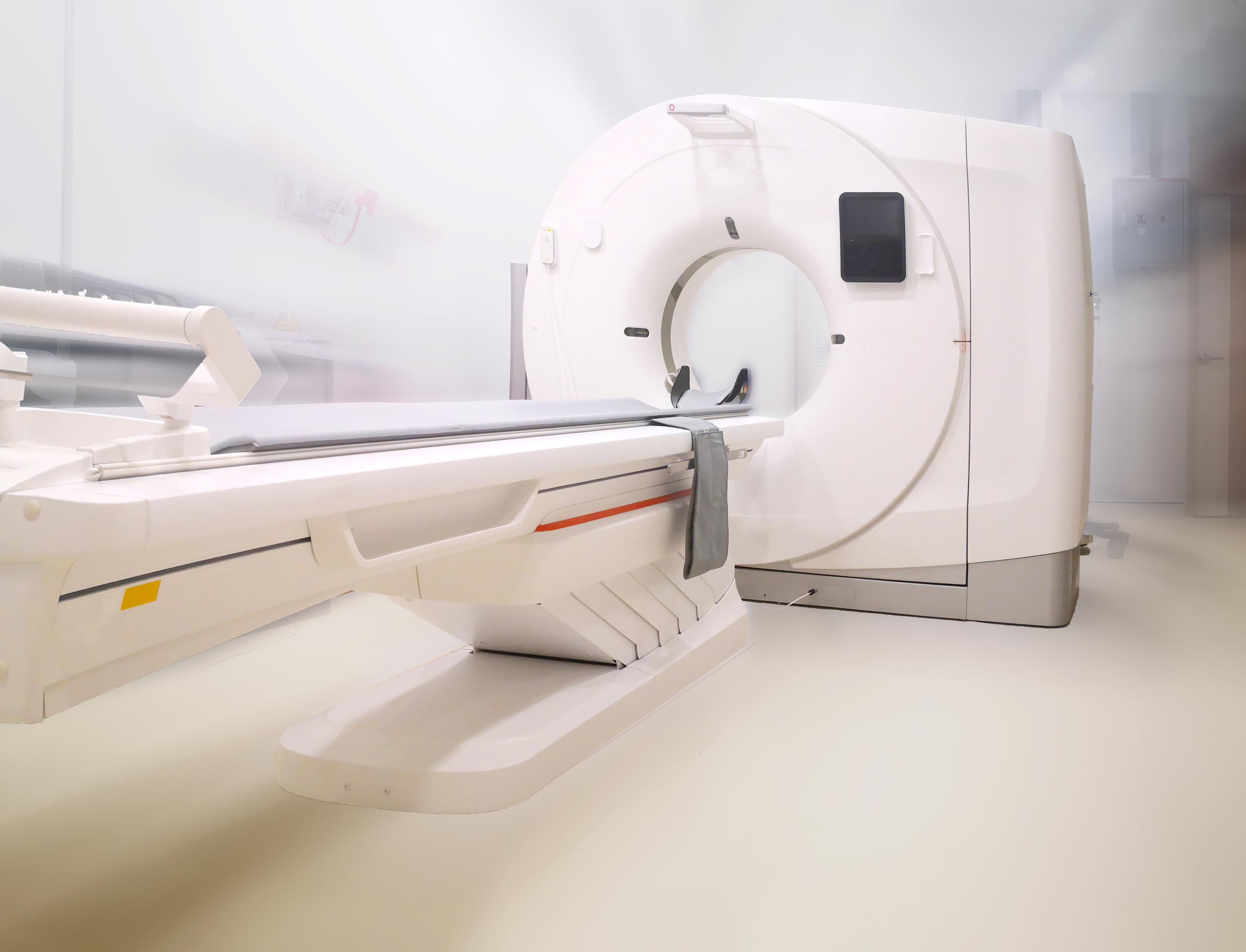Reconstructing moving scenes with computed tomography (4DCT) is a challenging and ill-posed problem with important applications in industrial and medical settings. Dynamic computed tomography (DCT) refers to image reconstruction of moving or non-rigid objects over time while x-ray projections are acquired over a range of angles. Although 4DCT reconstruction is widely applicable to the study of object deformation and dynamics in a number of industrial and clinical applications, it has been a long-standing challenge due to the complexity of the x-ray measurement capturing both spatial and temporal features with the limited data sampling.
The essence of this invention is a method that couples network architecture using neural implicit representations coupled with a novel parametric motion field to perform limited angle 4D-CT reconstruction of deforming scenes. To enable the reconstruction of the scene with high dynamics, the inventors developed a novel method for dynamic 4DCT reconstruction that leverages implicit neural representations with a parametric motion field to reconstruct dynamic scenes as time-varying sequence of 3D volumes. The methods have been demonstrated in experiments that reconstruct dynamic scenes with deformable and periodic motion on physically simulated synthetic data and real data.
Reed, A.W., Kim, H., Anirudh, R., Mohan, K.A., Champley, K.M., Kang, J., & Jayasuriya, S. (2021). Dynamic CT Reconstruction from Limited Views with Implicit Neural Representations and Parametric Motion Fields. 2021 IEEE/CVF International Conference on Computer Vision (ICCV), 2238-2248.
The principal advantages of this invention are:
- This method is an end-to-end optimization approach without the need for any training data;
- This method eliminates the need for fast CT scanners in use cases where the object or scene being scanned is fast moving;
- The hierarchical coarse-to-fine procedure to estimate the motion field enables recovering fine details of the motion scene without suffering from severe artifacts due to poor convergence of the optimization.
CT/CAT (computerized axial tomography) scanner systems
Current stage of technology development: TR-2
LLNL has patent(s) on this invention.
U.S. Patent No. 11,741,643 Reconstruction of dynamic scenes based on differences between collected view and synthesized view published 8/29/2023


